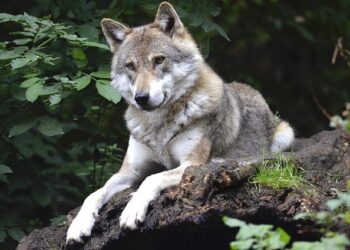Unveiling the Resilience of Sundews: Insights into Carnivorous Plant Adaptations
Understanding Sundews and Their Environment
Sundews, fascinating members of the drosera genus, are renowned for their unique insect-trapping capabilities. These small but remarkable plants thrive in nutrient-poor soils and have developed specialized adaptations to tackle specific environmental pressures. A recent study from Loughborough University sheds light on how these carnivorous plants navigate challenges within their microhabitats.
The Mechanisms Behind Survival
Recent research indicates that sundews employ a variety of survival strategies to maximize their adaptability. For instance, they can adjust the secretion of digestive enzymes according to the type and quantity of prey encountered. This ability allows them to efficiently exploit limited resources without depleting their energy reserves.
Adaptation Strategies in Action
One intriguing finding is that sundews exhibit heightened responses based on local conditions. Factors such as moisture levels, light exposure, and competitive plant species influence how these plants interact with their surroundings. In drier environments, for example, certain species may develop thicker leaves or modify their trapping mechanisms to retain water better while capturing prey.
Importance of Microhabitat Variability
The significance of microhabitat variability cannot be overstated when examining sundew adaptability. Research shows that different populations have evolved distinct traits correlating with local environmental factors—this phenomenon exemplifies nature’s intricate response to habitat differences.
Case Studies Highlighting Diverse Responses
Field observations reveal a wide range of adaptations among various sundew species across geographical regions. For instance, Drosera capensis from South Africa boasts long tentacle-like structures ideal for catching flying insects in open environments. Conversely, Drosera anglica, found primarily in northern wetlands, has broader leaves suited for snaring aquatic insects due to its unique habitat.
Implications for Conservation Efforts
Understanding these adaptive strategies can significantly enhance conservation initiatives aimed at protecting sundew populations and their habitats from degradation caused by climate change and human activities. Preserving wetland ecosystems where diverse sundew species flourish is critical not only for plant diversity but also for maintaining natural ecological balances.
The Role of Citizen Science
Another significant avenue lies in citizen science projects involving enthusiasts assisting researchers in monitoring sundew habitats across varying conditions. Engaging local communities fosters awareness about biodiversity while helping collect vital data pertinent to plant health assessments—encouraging stewardship over our precious ecosystems.
Conclusion: A Closer Look at Nature’s Ingenuity
studying the adaptive behaviors exhibited by sundews reveals extraordinary insights into carnivorous plant survival mechanisms amid ever-changing microhabitats. As we continue exploring these resilient organisms’ responses to environmental stressors through innovative research methodologies—each finding contributes towards comprehensive strategies aimed at conserving our planet’s extraordinary flora and fauna varieties effectively.































